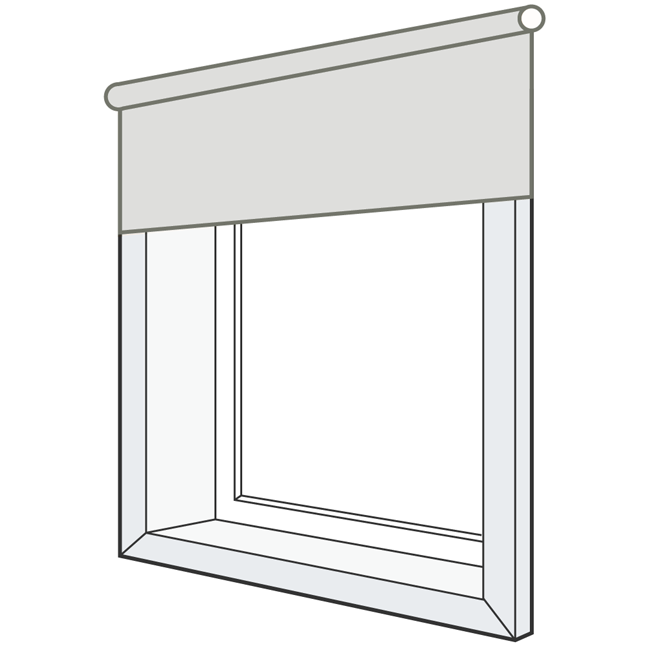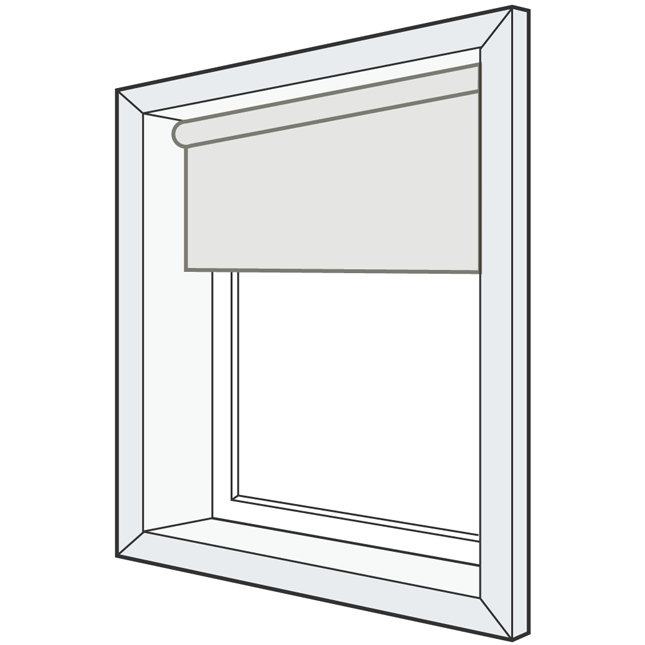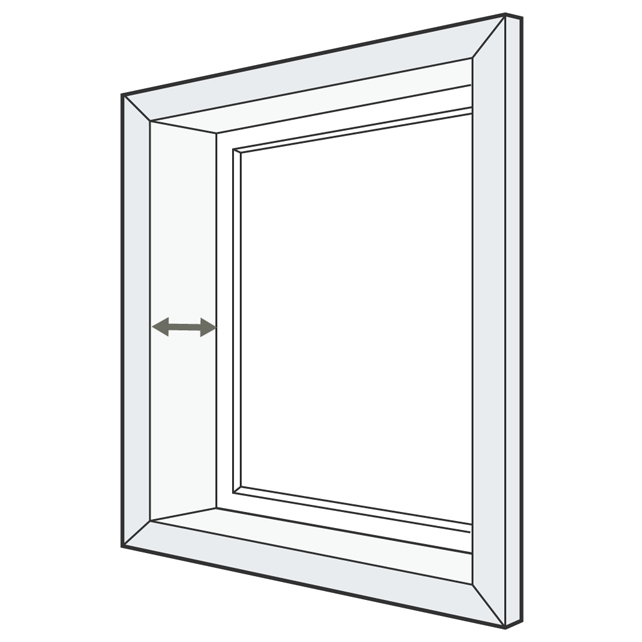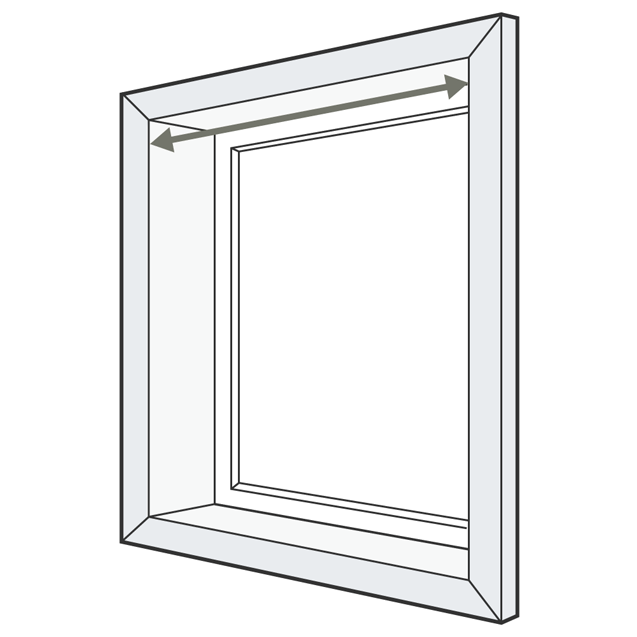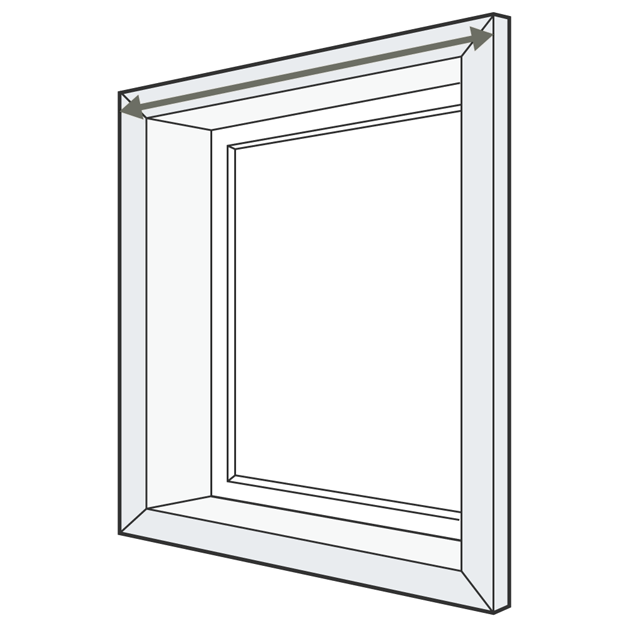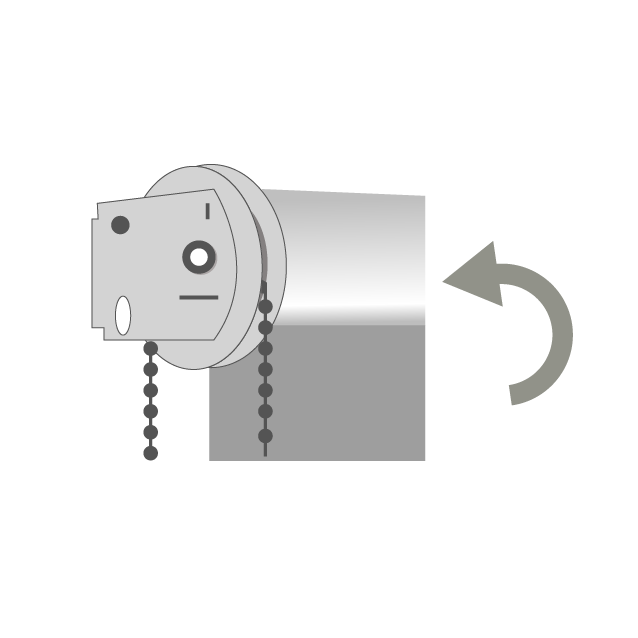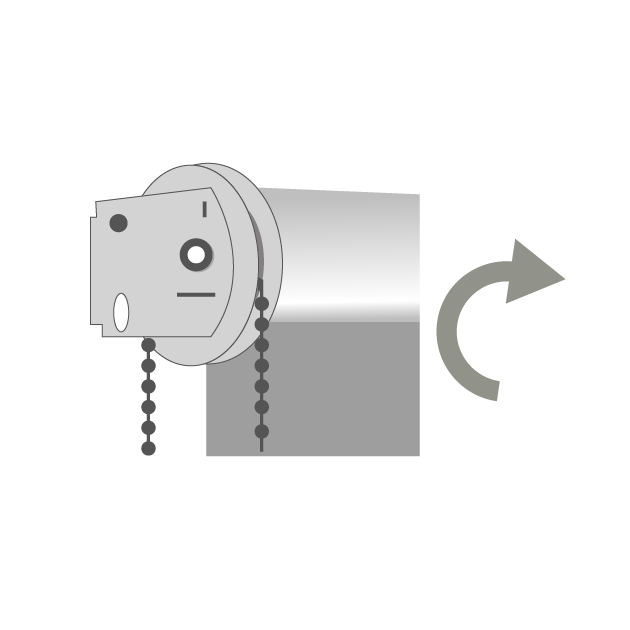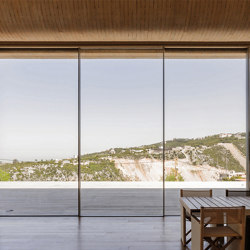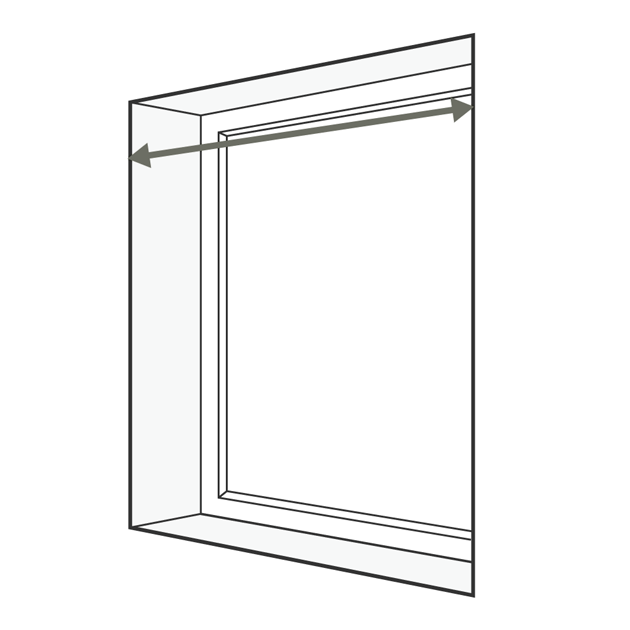Blinds custom-designed to meet your specific requirements.
Unleash your creativity and transform your home with our custom-designed blinds, perfect for the DIY enthusiast! Our selection of premium fabrics and versatile styles allows you to craft blinds that reflect your personal flair while ensuring a perfect fit for your space.
Whether you’re a seasoned DIYer or just starting out, our easy-to-follow design guidelines will help you create stunning window treatments that enhance both functionality and style. With a variety of customization options—size, colour, and material—you have everything you need to make your vision a reality.
Get inspired and take on your next home project with our DIY blinds. Discover the satisfaction of creating beautiful, functional window treatments that will elevate your living space.
Explore our collection today and let your imagination run wild!
Get inspired and take on your next home project with our DIY blinds. Discover the
satisfaction of creating beautiful, functional window treatments that will elevate your living
space.
Explore our collection today and let your imagination run wild!
